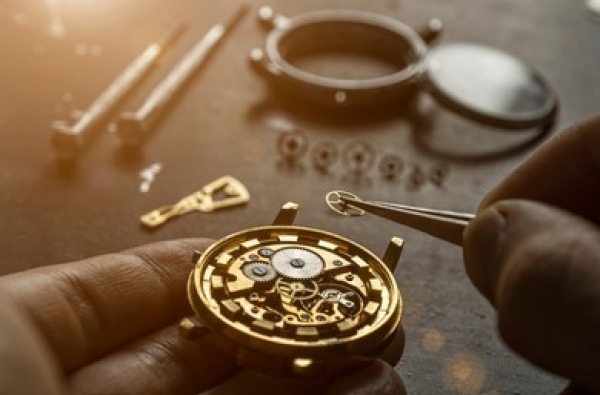Do you know that your mechanical watches contain jewels? Most modern movements include sapphires or rubies in their concepts. So, what is their function? Is a diamond watch just for beauty? Let’s take a look at the purpose of these gems in our watches.
The gems are not just decorative, but they have key importance in the functioning of the mechanism and its longevity. A simple mechanical watch contains 130 pieces and can reach more than 1700 components for the most complicated models. All these parts move together causing wear and tear over time. Watchmakers have chosen to introduce sapphires and rubies (basically the same element, corundum) in the contraption of the watch mechanism for their hardness. On the Mohs scale (classifies minerals according to their resistance to scratching), corundum is the second hardest element after diamond. They are used to reduce friction between metal parts. The first use of gems in a watch dates back to the early 18th century. At that time, it was very difficult to precisely cut and set these stones. The number of jewels was a mark of quality of the manufacturer.

Nowadays it is possible to create synthetic sapphires and rubies making the material more affordable. In addition, modern cutting techniques allow great accuracy and precision within the watch. You will find them in all the tension and impact points of the movement. However, just because there are a lot of jewels doesn’t mean it’s a guarantee of quality. Thanks to the ISO standard introduced in the 70’s you will no longer find useless rubies in your watch. Basic mechanical movements contain an average of 17 jewels, automatic movements 25 jewels, and quartz movements need less jewels (approximately 5). Watches with more complications require a greater quantity of gems.
In conclusion don’t hesitate to have a look at your watch movement and always be curious about how it works.
